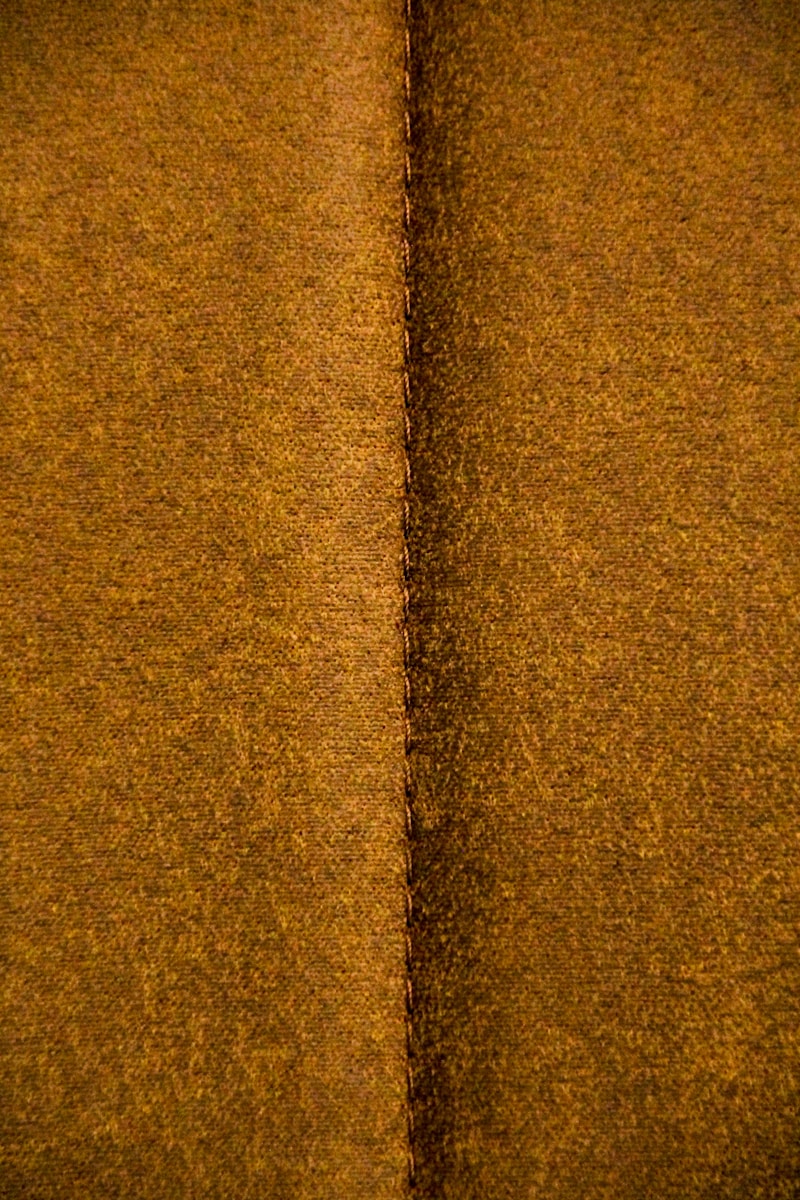Exploring the Art of Detailed Stitching Craftsmanship
Introduction to Detailed Stitching Craftsmanship
Throughout history, the art of stitching has transcended mere functionality, evolving into a sophisticated craft known as detailed stitching craftsmanship. In today's context, this intricate skill plays a vital role in various industries, from fashion to upholstery and beyond. In this article, we will delve into the nuances of detailed stitching craftsmanship, its historical significance, techniques, tools required, and its impact on contemporary design.
The Historical Significance of Stitching Craftsmanship
Stitching has been a fundamental technique in textiles since ancient times. It began as a practical necessity, with early civilizations using basic stitching techniques for clothing and shelter. As societies evolved, so did their need for more intricate designs. The art of stitching became a reflection of cultural identity, often passed down through generations. For example, the intricate patterns seen in traditional Japanese Sashiko or the lavish embroidery from European royalty highlight how stitching craftsmanship has played a pivotal role in shaping fashion and lifestyle.
Understanding Detailed Stitching Techniques
At the heart of detailed stitching craftsmanship lies a variety of techniques that artisans utilize to achieve precision and aesthetic appeal. Let’s explore some of the most popular methods:
| Technique | Description |
| Hand Embroidery | An art form that involves stitching designs onto fabric using needle and thread, valued for its intricacy and uniqueness. |
| Machine Embroidery | Utilizes specialized sewing machines to create complex designs quickly, allowing for mass production while maintaining detail. |
| Quilting | Combines layers of fabric and batting to create textured, often artistic patterns, showcasing craftsmanship at its finest. |
| Appliqué | A technique that involves sewing a piece of fabric onto another to create decorative designs, enhancing visual appeal. |
The Importance of Material Selection
Selecting appropriate materials is crucial in achieving the best results in detailed stitching craftsmanship. The type of fabric, thread quality, and needles can significantly influence the final product. Here are some popular materials used:
- Cotton: A versatile, widely-used fabric known for its durability and ease of stitching.
- Silk: Valued for its luxurious finish, silk requires careful handling and is often used in high-end fashion.
- Linen: Another strong material, linen provides a rustic look and is favored in home textiles.

Tools of the Trade
To master the techniques of detailed stitching craftsmanship, one must be well-equipped with the right tools. Here are some essential tools:
- Needles: Varying sizes and types are necessary for different fabrics and stitching techniques.
- Scissors: A good pair of fabric scissors is indispensable for precision cutting.
- Thimble: Used to protect fingers and provide grip, essential for hand stitching.
- Sewing Machines: For machine embroidery, having a reliable sewing machine with advanced features enhances efficiency.
The Art of Detailed Stitching in Fashion Design
In the realm of fashion, detailed stitching craftsmanship is a hallmark of quality and luxury. Renowned fashion designers often incorporate intricate stitching techniques to elevate their collections. Brands like Chanel and Gucci utilize detailed embroidery to add a distinctive flair to their garments, making them stand out in the competitive fashion market. This attention to detail not only enhances the aesthetic appeal but also signifies craftsmanship and dedication to quality.
Importance of Customization
Consumers today seek unique products that reflect their personal style. Custom stitching offers a solution, allowing individuals to personalize garments or home décor items. This trend has led to a resurgence in bespoke tailoring and made-to-order fashion, where detailed stitching plays a significant role. For instance, personalized wedding dresses often feature custom embroidery that tells a love story, adding sentimental value to the piece.
Enhancing Home Décor with Detailed Stitching
Beyond fashion, detailed stitching craftsmanship extends into home décor. Soft furnishings, such as cushions, quilts, and table linens, benefit from intricate stitching techniques that add texture and interest to living spaces. Quilting, in particular, is enjoying renewed popularity, with enthusiasts creating stunning pieces that serve as both art and function. As more people delve into DIY projects, the demand for guides and tutorials on detailed stitching is on the rise.
The Modern-Day Crafter and Detailed Stitching
In recent years, the crafting community has exploded, thanks in part to social media platforms like Instagram and Pinterest which serve as repositories for creative ideas and inspiration. Many modern-day crafters are exploring detailed stitching as a form of self-expression. Workshops and online courses have made it easier for beginners to learn the intricacies of this art, contributing to the revival of traditional techniques.
Conclusion
In conclusion, detailed stitching craftsmanship is an art form that bridges the past and present, combining historical significance with contemporary trends. Whether in fashion, home décor, or personal crafting, the intricacies of stitching enhance the overall appeal and value of the finished product. As consumers increasingly seek personalized items, the demand for skilled craftsmanship in stitching will undoubtedly continue to grow. If you’re considering embarking on a journey into detailed stitching craftsmanship, be sure to gather the right materials and tools, explore various techniques, and most importantly, allow your creativity to shine.
Recommendations and Final Thoughts
As you explore detailed stitching craftsmanship, remember a few key points:
- Start with simple designs to build up your confidence and skills.
- Invest in quality materials and tools to ensure the best outcomes.
- Don’t hesitate to experiment with different styles and techniques—creativity often leads to the most beautiful results.
- Join local crafting groups or online communities to share your progress and gain inspiration from others.
With dedication and practice, anyone can master the art of detailed stitching craftsmanship and create stunning pieces that tell a story and reflect their unique style.